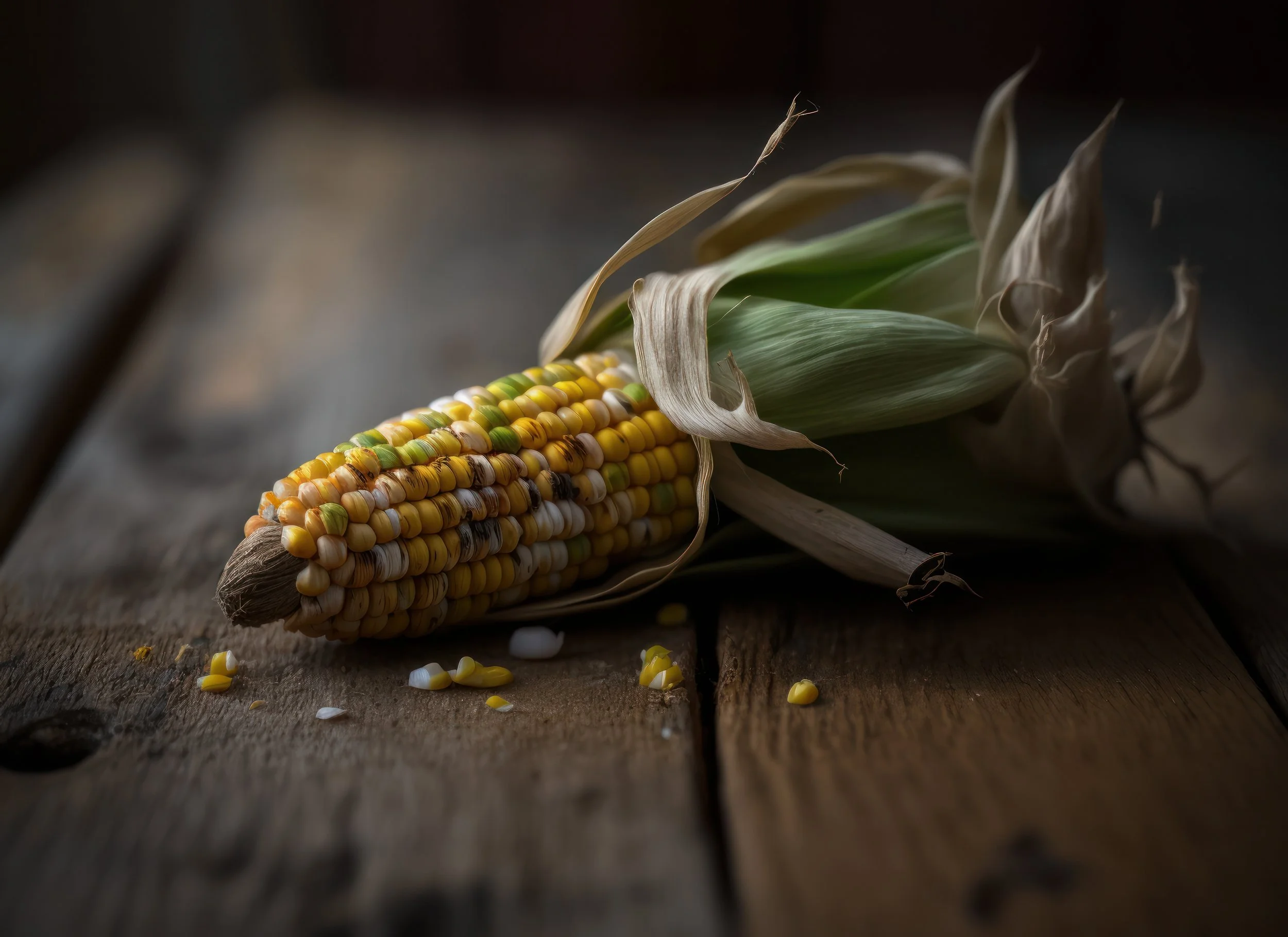Today, the food we eat, and how we produce it, is having a major impact on our environment. Global food production is the largest contributor to deforestation, water use, greenhouse gas emissions and loss of biodiversity. At the same time, the food consumed by many populations isn’t nutritious – malnutrition is on the rise and an unhealthy diet is now a leading risk factor for noncommunicable diseases like diabetes, heart disease and cancers.
Improving the health and sustainability of our planet and our diets is an urgent issue. As climate instability increases, so is the world’s population, which is projected to reach nearly 10 billion – roughly three billion more than today – by 2050. To meet the nutritional demands of this population without further damaging the planet, we’ll need to undergo a fundamental shift in how we produce, transport, package and consume food and care for our water supply.
Is this possible? The answer is yes, but it will take many innovations in agriculture, technology, distribution and marketing to create a system that reliably supplies sustainable, climate-resilient and nutritious food. Here are four key strategies for the next three decades.
Support and expand regenerative agriculture
Regenerative agriculture enriches the soil and ecosystem of crop and ranch land. Its practices regenerate degraded soil and reverse environmental damage, leaving the soil in even better shape after farming instead of maintaining a status quo. Regenerative practices include planting cover crops, like oats, rye, buckwheat, and sorghum, crop rotation and reduced tillage. This eliminates the need for chemicals to enrich the soil, reduces weeds and stops soil erosion. Regenerative agriculture has been shown to produce more nutrient dense food and to draw down and sequester carbon from the atmosphere.
How brands can respond:
Businesses and corporations can support regenerative farms and ranches by incorporating them into their supply chains and committing to an ongoing relationship. Right now, there isn’t one pathway to set up a regenerative farm system, so farmers need support in the form of contracts, mutually beneficial buying models and cost-sharing initiatives. One challenge with regenerative agriculture has been the ability to scale it. Fortunately, more sustainability start-ups, like Regrow and Grassroots Carbon, are providing data, on-farm metrics and projections at scale to determine what qualifies as regenerative and to allow for better decision making and improvements in process. Finally, because regenerative agriculture is still a relatively new concept, brands can contribute to its adoption and scale by raising customer awareness of what it is and why its beneficial for food and the planet.
Transform our eating habits and preferences
Currently, the livestock industry uses 75% of all agricultural land and produces about 18% of all greenhouse gas emissions. Just nine crops account for almost 70% of all crop production, with most of our food calories concentrated in three grains – wheat, maize and rice – which are largely produced by industrial agriculture. But there are thousands of plant species and alternative proteins that are more sustainable, resilient and nutrient dense. Some promising examples are algae (which draws more CO2 out of the air than trees do), insects, sustainably farmed, zero-waste salmon, quinoa, emmer wheat, minor millets, perennial plants like wheatgrass, cell-cultured proteins, and Kernza, a grain with long roots that retain water and rejuvenate the soil. The United Nations Environment Program estimates that shifting dietary patterns could reduce greenhouse gas emissions from the food system by as much as 50%.
How brands can respond:
Brands can help drive the transition to more sustainable diets by designing and marketing healthier products that are easy and accessible while also engaging with consumers to understand motivations, beliefs and barriers to change. Food brands can rethink product portfolios and ingredients to increase those that are plant-based and regenerative. There are B2B opportunities to create programs and services that allow for greater transparency in supply chains. And brands can offer consumers information about the provenance and ethics of their food through QR codes or near-field communication tags and can guide consumer purchasing by making brand commitments to sustainable food systems and packaging explicit in marketing and labeling.
Concentrate more food production where people live
It’s estimated that 70% of people will live in cities by 2050. Transporting desirable and diverse food to urban areas is a big link in the food supply chain and has major impact on carbon emissions. However, cities can source a large share of food from their surrounding area — 40% of the world’s cropland is located within about 12 miles of cities — and from within city boundaries. Small-scale urban farms already exist in open spaces, backyards, hydroponic greenhouses, rooftops and inside buildings and urban farming is getting more attention and investment each year. A recent analysis of urban farming’s global potential found that it could produce as much as 180 million metric tons of food a year.
How brands can respond:
Local sourcing plays an important role in reducing carbon emissions associated with food transport, especially for produce that requires constant temperature control. Brands can use or support locally sourced foods from farms with a smaller transportation footprint. There are also opportunities to solve issues of space for crop growing, infrastructure, composting, market research, affordability, and sustainability in the urban farming space.
Reduce food waste and food packaging
Globally, we waste about 40% of our food. In cities, less than 2% of that waste is recovered and used, with the rest sent to landfills and incinerators or released into the environment untreated. Some amount of food is wasted at each point along the supply chain, which means that there are many opportunities to improve. Innovations to reduce waste include upcycling food, creating shelf life extending technologies and developing food recovery efforts. The goal is to move towards circular economies that go beyond reducing waste to avoiding it altogether. Products and materials are kept in circulation through processes like maintenance, reuse, refurbishment, remanufacture, recycling and composting.
How brands can respond:
Food brands and retailers can partner with farmers, who are the first point on the supply chain, to share data and forecasts of how much food needs to be produced. Technology can be used to help divert the surplus food that is created to other buyers or to food banks rather than throwing it away. Food marketers can rethink packaging choices, designing solutions that incorporate post-consumer materials, extend the shelf life of food and have less environmental impact. Some brands are eliminating plastic in their packaging entirely. Food label expiration dates can be revised and streamlined. And brands can collaborate with key players in the food ecosystem – farmers, food processors, nonprofit organizations and agri-tech and social ventures – to discover new ways to support and expand a circular economy.
Interested in Sustainable Strategies for Innovation?
Explore our emerging trend insights.

